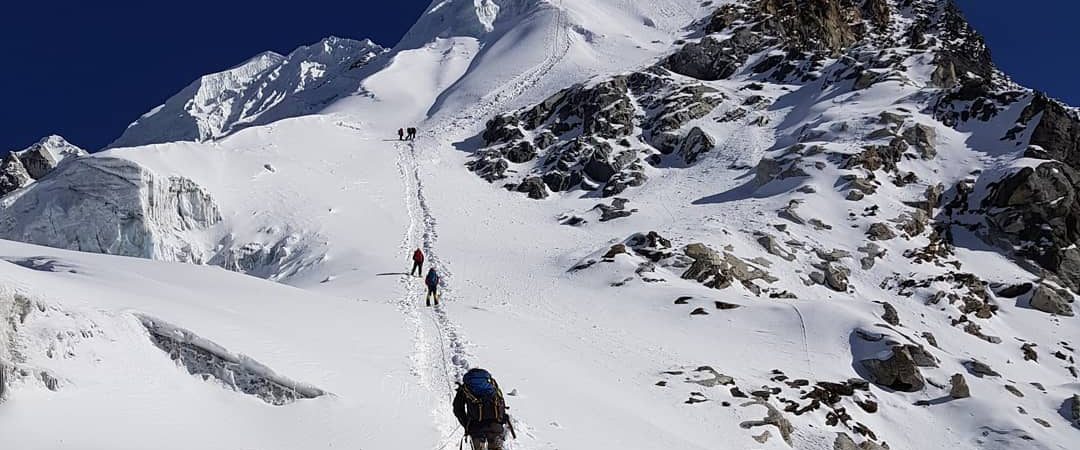
The Lobuche Peak locates near the Khumbu Glacier consisting of two different summits – east and west with an altitude of 6119 m and 6145 m respectively. Lobuche East Peak is considered a trekking peak while Lobuche West is an expedition peak.
By reaching at the summit of Lobuche Peak, you will have stunning panoramic mountain views of the Everest region. Even the Tibetan side’s Rongbuck is visible from the top of the peak.
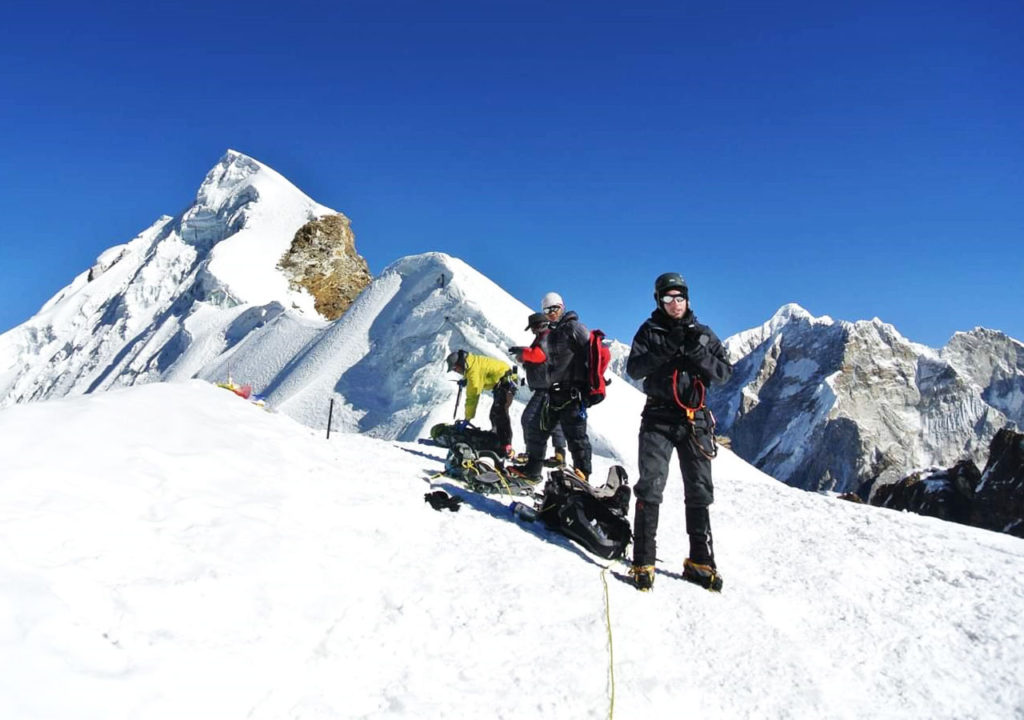
Lobuche East Peak is the second most prominent peak after Island Peak to pierce the mountaineering adventure in the Himalayas. However, it requires good climbing skills to attempt and you need to come with preparation to climb as it is a technically demanding trekking peak. The Lobuche Climb is a strenuous climb and should not be underestimated. You should have knowledge of using crampons and ropes which is important to be safe on the mountain.
Day 1: Fly to Lukla, trek to Phakding
Day 2: Trek to Namche Bazaar
Day 3: Acclimatization day (Hike to Everest View Hotel)
Day 4: Trek to Tengboche
Day 5: Trek to Dingboche
Day 6: Trek to Lobuche
Day 7: Trek to Everest Base Camp via Gorakshep
Day 8: Hike to Kalapathar and back to Lobuche
Day 9: Trek to Lobuche High camp
Day 10: Climbing Lobuche Peak summit and back to high camp
Day 11: Contingency or reserve day
Day 12: Descend to Pangboche
Day 13: Descend to Namche Bazaar
Day 14: Descend to Lukla
Day 15: Fly back to Kathmandu
The trip follows the traditional Everest trail and leads you to the Everest Base Camp 5364 m and Kalapathar 5545 m which will help you to gear up for Lobuche Peak Climbing with a stop at Gorakshep village. The village lies close to Everest Base Camp having an alpine climate. Here your body will get the opportunity to acclimatize in the thin air as altitude sickness is something an adventurer always tries to avoid while trekking and climbing the mountain.
In between the trail, you will spend an overnight at Phakding, Namche, Tengboche, Dingboche, Lobuche, and Gorakshep, while you retrace the same path to come back to Kathmandu. Before heading toward Tengboche, you will spend your 2 nights in Namche Bazaar in order to acclimatize your body to the high altitude.
After reaching Kalapathar and capturing memorable pictures of the high mountain range, you then descend down to Lobuche for the attempt of climbing Lobuche Peak.
One and only option for lodging and flooding in Everest is a tea house where you can get accommodation along with meals.
Most of the tea houses provide twin-shared accommodation, but you occasionally need to adjust to a dormitory in Gorakshep village in case of an overflow of trekkers. Because there are only 4 houses, and they may not afford the pressure of tourists sometimes in the best season.
Talking about the food, if you book the trip through an agency, they will provide 3 times meals per day. The limited menu option will be available to choose from. You can taste Nepali foods, Indian continental as well as continental cuisines.
Lobuche is a semi-technical peak. So, to attempt the Lobuche climb, one should come with preparation and should have good knowledge of mountaineering. The fitness level of the climbers should be excellent. For more detail, feel free to contact us.
Yes, you can see! Unlike Island Peak, you can see the superb scenery of Mt Everest from the top of Lobuche Peak alongside Pumori, Cho Oyu, Lhotse, and Nuptse Peak.
Since Lobuche Peak lies in the Everest region, its environment is the same as the Classic Everest Base Camp Trek route. Spring (March to May) and Autumn (September to November) are the best seasons to climb the peak whereas you are free to climb the peak at any time. But you need to know the basic weather and climate of Nepal before you plan to travel to Nepal.
How hard to climb Lobuche Peak?
Lobuche East Peak is considered a non-technical peak which is elevated 6119m above sea level while Lobuche West Peak is an expedition peak with an elevation of 6145m. So, Lobuche East Peak is a trekking peak that is easy to climb whereas Lobuche West Peak is a little bit harder.
Let check out more travel information
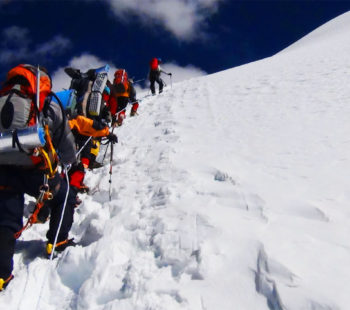
Island Peak Climbing is an expedition of glacier travel, snow and ice climbing and trekking in the Khumbu region which…
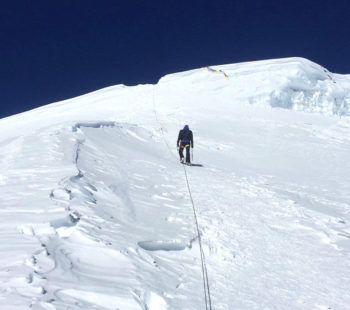
Mera Peak is an inimitable trekking peak for novice adventurers although the peak is 6476 m high from the sea…
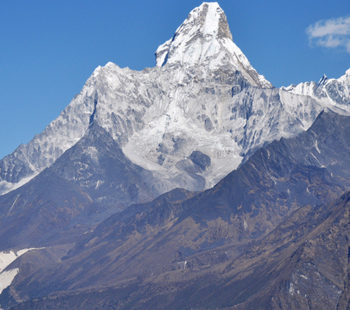
Mt Ama Dablam is a beautiful mountain situated in Everest Region, and its height is 6812 m. Indeed, Ama Dablam…